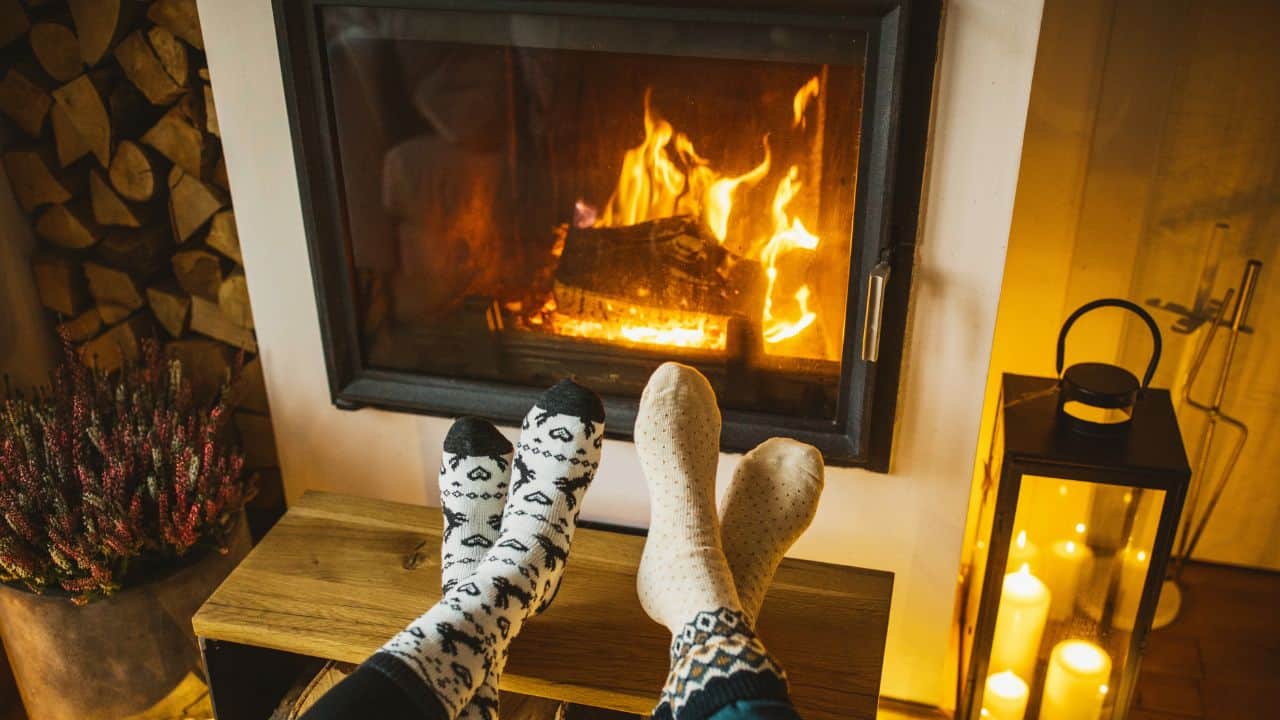

Articles
How Long Can I Run My Gas Fireplace
Modified: August 22, 2024
Get expert advice on how long you can run your gas fireplace. Our informative articles cover all you need to know about gas fireplace usage and safety.
(Many of the links in this article redirect to a specific reviewed product. Your purchase of these products through affiliate links helps to generate commission for Storables.com, at no extra cost. Learn more)
Introduction
A gas fireplace can be a wonderful addition to any home, providing warmth, ambiance, and a cozy atmosphere during the colder months. However, one common question that homeowners ask is, “How long can I run my gas fireplace?” While there is no straightforward answer to this question, there are several factors that can affect the runtime of a gas fireplace.
In this article, we will explore these factors in detail, helping you understand the variables that can influence the length of time you can run your gas fireplace. From the size and capacity of the fireplace to the type of fuel used, we will cover all the essential aspects that contribute to the runtime of a gas fireplace. Additionally, we will discuss the importance of maintenance and share some environmental considerations associated with gas fireplaces.
By the end of this article, you’ll have a comprehensive understanding of how long you can expect to run your gas fireplace and how to maximize its efficiency and lifespan.
Key Takeaways:
- Understanding the factors that influence gas fireplace runtime, such as size, fuel type, and maintenance, is crucial for maximizing performance and efficiency while ensuring safe and cozy home heating.
- Environmental considerations, proper maintenance, and responsible usage can help minimize the environmental impact of gas fireplaces, providing warmth and ambiance while prioritizing sustainability.
Read more: How To Run A Gas Line To Your Fireplace
Understanding Gas Fireplaces
Gas fireplaces are a popular choice for homeowners who want the warmth and beauty of a traditional fireplace without the hassle of wood-burning. These fireplaces use natural gas or propane as their fuel source, which is ignited to produce heat and flames.
There are two main types of gas fireplaces: vented and ventless. Vented gas fireplaces expel combustion gases, including carbon monoxide, outside the home through a chimney or flue. Ventless fireplaces, on the other hand, do not require a chimney or flue and release the combustion gases into the room while still maintaining a high-level of safety.
Gas fireplaces offer numerous advantages that make them an attractive choice for homeowners. They are highly efficient, producing a consistent heat output and often incorporating features such as thermostats and remote controls for easy operation. Gas fireplaces also eliminate the need to gather and store firewood, clean up ash, or worry about sparks or embers.
Understanding the basic components and workings of a gas fireplace is crucial to understanding how long it can run. Gas fireplaces typically have a pilot light that remains on continuously, serving as an ignition source. When the fireplace is turned on, the main burner is activated, creating flames and heat. The flame can be adjusted using a control knob or remote control, allowing you to set the desired ambiance and heat level.
It is important to note that gas fireplaces are designed for intermittent use and are not meant to be on continuously for extended periods. While they can provide supplemental heat for several hours, running a gas fireplace non-stop can lead to excessive wear and tear on the unit and may also pose safety risks.
Now that we have a basic understanding of gas fireplaces, let us delve into the factors that can impact their runtime.
Factors Affecting Gas Fireplace Runtime
Several factors can influence the runtime of a gas fireplace. Understanding these factors is essential for maximizing the efficiency and lifespan of your fireplace. Let’s take a closer look at each one:
- Size and Capacity of the Gas Fireplace: The size and capacity of a gas fireplace play a significant role in its runtime. Larger fireplaces with higher BTU (British Thermal Unit) ratings can produce more heat and typically have a longer runtime compared to smaller units.
- Type of Gas Fuel Used: The type of gas fuel used in the fireplace can affect its runtime. Natural gas is a common and readily available fuel source, but propane can provide higher heat output. Consider the availability and cost of the fuel as well when determining how long you can run your gas fireplace.
- Heat Output and Efficiency: The heat output and efficiency rating of the fireplace impact its runtime. Fireplaces with higher efficiency ratings can convert more gas fuel into heat, maximizing the runtime. Additionally, using features like blowers or fans can help distribute the heat more effectively, potentially increasing the runtime.
- Frequency of Use: How often you use your gas fireplace can also affect its runtime. Continuous and prolonged use can put more strain on the unit and may require breaks for the fireplace to cool down. Frequent use may also require more regular maintenance to ensure optimal performance.
- Thermostat Settings and Temperature Control: The thermostat settings and temperature control settings on your gas fireplace can impact its runtime. Lowering the thermostat or using a programmable thermostat to regulate the temperature can help conserve energy and extend the runtime of your fireplace.
It is important to note that each gas fireplace model and manufacturer may have specific guidelines and recommendations for runtime. Refer to the manufacturer’s instructions or consult with a professional to ensure safe and optimal usage of your gas fireplace.
Now that we understand the factors affecting gas fireplace runtime, let’s explore the importance of proper maintenance in maintaining its performance.
Size and Capacity of the Gas Fireplace
The size and capacity of a gas fireplace are crucial factors that impact its runtime and overall performance. It’s essential to choose a fireplace that is suitable for the size of the room or area you want to heat. Let’s delve into the significance of size and capacity:
1. Heating Capacity: The heating capacity of a gas fireplace is typically measured in BTUs (British Thermal Units). BTUs refer to the amount of heat the fireplace can produce in an hour. The higher the BTU rating, the more heat the fireplace can generate. When selecting a gas fireplace, consider the heating capacity required to efficiently heat your desired space.
2. Fireplace Size: The physical size of the gas fireplace should also align with the dimensions and layout of your room. A fireplace that is too small for the space may struggle to provide adequate heat, while a fireplace that is too large can lead to excessive heat output, wasting energy and potentially creating discomfort.
3. Room Insulation: The level of insulation in your room can also influence the runtime of your gas fireplace. Well-insulated rooms retain heat more efficiently, allowing the fireplace to operate more effectively and potentially extending its runtime. Conversely, poorly insulated rooms may require the fireplace to work harder to maintain a comfortable temperature, reducing its runtime.
4. Climate: The climate in which you live can impact the runtime of your gas fireplace. If you reside in an area with extremely harsh winters, the fireplace may need to work harder to heat your home, potentially shortening its runtime. In milder climates, the fireplace may have a longer runtime as it requires less effort to maintain a comfortable temperature.
5. Additional Heat Sources: Consider any additional heat sources in your home that can impact the runtime of the gas fireplace. If you have other heating systems or appliances, such as central heating or space heaters, they may share the load of heating your home and allow the gas fireplace to run for shorter durations.
It is vital to consult with a professional or refer to the manufacturer’s guidelines to determine the appropriate size and capacity of a gas fireplace for your specific needs. Taking these factors into account will help ensure efficient heating and optimal runtime for your gas fireplace.
Now that we have explored the size and capacity of gas fireplaces, let’s continue with an examination of the type of gas fuel used.
Type of Gas Fuel Used
The type of gas fuel used in a gas fireplace plays a significant role in determining its runtime and overall efficiency. There are primarily two types of gas fuels used: natural gas and propane. Let’s explore both options:
1. Natural Gas: Natural gas is a common fuel source for gas fireplaces. It is a clean-burning fuel that is supplied through pipelines from utility companies. Natural gas is easily accessible and often more affordable compared to other fuel options. The runtime of a gas fireplace using natural gas will depend on factors such as the fireplace’s BTU rating, heat output, and thermostat settings. It is important to note that natural gas fireplaces require a connection to a gas line or utility service provider.
2. Propane: Propane is another popular fuel choice for gas fireplaces, especially in areas where natural gas is not readily available. Propane is typically stored in tanks and delivered to the home. The runtime of a gas fireplace using propane will depend on the size of the propane tank, the BTU rating of the fireplace, and the frequency of refilling the tank. Propane can provide a higher heat output compared to natural gas, but it may be more expensive and require additional maintenance, such as regularly checking and refilling the propane tank.
When deciding between natural gas and propane, consider factors such as availability, cost, and convenience. Natural gas is often preferred for its ease of use and continuous supply, while propane offers flexibility for homeowners in rural areas or places without access to a natural gas line.
It is crucial to consult with a professional or refer to the manufacturer’s guidelines to determine the compatibility of your gas fireplace with the type of gas fuel you intend to use. Following the recommended guidelines will ensure safe and efficient operation of your gas fireplace.
Now that we have explored the type of gas fuel used, let’s delve into the heat output and efficiency of gas fireplaces.
Read more: How Do I Know If My Gas Fireplace Is Vented
Heat Output and Efficiency
The heat output and efficiency of a gas fireplace are critical factors that determine its runtime and effectiveness in providing warmth. Let’s take a closer look at these factors:
1. Heat Output: The heat output of a gas fireplace refers to the amount of heat it can generate. It is typically measured and expressed in BTUs (British Thermal Units). The higher the BTU rating, the more heat the fireplace can produce. When selecting a gas fireplace, consider the size of the area you want to heat and choose a model with an appropriate heat output to ensure optimal warmth and comfort.
2. Efficiency: The efficiency of a gas fireplace refers to how effectively it can convert gas fuel into heat. It is expressed as a percentage, with higher percentages indicating greater efficiency. A higher efficiency rating means that more of the gas fuel is being converted into usable heat, minimizing waste. Choosing a gas fireplace with a higher efficiency rating can help maximize its runtime and reduce energy consumption.
Fireplace efficiency can be influenced by several factors, including the design, technology, and insulation of the fireplace. Some gas fireplaces come with features like blowers or fans that help distribute heat more efficiently throughout the room, improving overall performance and extending runtime.
When considering heat output and efficiency, it’s essential to strike a balance. A fireplace with a higher heat output may consume more gas fuel and have a shorter runtime. However, a fireplace with low heat output may not adequately warm the desired space. It’s important to select a gas fireplace that meets your heating needs while also being mindful of efficiency to maximize runtime and minimize energy waste.
Regular maintenance, such as cleaning the burner and ensuring proper ventilation, can also help maintain the efficiency of the gas fireplace over time. It’s recommended to follow the manufacturer’s guidelines and consult with professionals for any maintenance and efficiency-related questions or concerns.
Now that we understand the importance of heat output and efficiency, let’s continue exploring other factors that can affect the runtime of a gas fireplace.
Make sure to have your gas fireplace inspected annually to ensure it is running safely and efficiently. This will also help to extend the lifespan of your fireplace.
Frequency of Use
The frequency at which you use your gas fireplace can have a significant impact on its runtime. While gas fireplaces are designed for intermittent use, the frequency of use can influence their efficiency and overall performance. Here are a few considerations regarding the frequency of use:
1. Intermittent Use: Gas fireplaces are not meant to run continuously for extended periods. They are designed to provide supplemental heat and ambiance, typically for a few hours at a time. Running a gas fireplace continuously can lead to excessive wear and tear on the unit and potentially shorten its lifespan. It’s important to allow for breaks in operation to give the fireplace a chance to cool down.
2. Heating Needs: The frequency of use may vary depending on your heating needs. If your primary heating source is the gas fireplace, you may need to use it more frequently to maintain a comfortable temperature in your home. On the other hand, if you have alternative heating systems in place, you may use the gas fireplace less often and for shorter durations.
3. Energy Conservation: While gas fireplaces can provide warmth and ambiance, it’s important to be mindful of energy conservation. Using the fireplace only when needed and for the desired duration can help reduce energy consumption. Consider using programmable thermostat settings or timers to control the runtime of your gas fireplace and optimize energy efficiency.
4. Maintenance Requirements: The frequency of use can also impact the maintenance requirements of your gas fireplace. Regular usage may necessitate more frequent maintenance checks, such as inspecting the burner, cleaning the glass doors, or scheduling professional servicing. Following the manufacturer’s maintenance recommendations based on the frequency of use is essential to keep the fireplace operating safely and efficiently.
It’s important to strike a balance between enjoying the benefits of your gas fireplace and ensuring its longevity. If you have concerns about the frequency of use or any issues related to the runtime of your gas fireplace, it’s advisable to consult with professionals who can provide guidance and address any questions or concerns you may have.
Now let’s explore the impact of thermostat settings and temperature control on the runtime of a gas fireplace.
Thermostat Settings and Temperature Control
The thermostat settings and temperature control of your gas fireplace play a crucial role in determining its runtime and energy efficiency. Properly managing the thermostat settings can help maximize the performance of the fireplace while maintaining a comfortable temperature. Here are some key points to consider:
1. Setting the Thermostat: The thermostat allows you to control the temperature at which your gas fireplace operates. It’s important to set the thermostat to a level that provides the desired warmth without excessive heat output. Adjusting the thermostat to a lower temperature or using a programmable thermostat can help conserve energy and extend the runtime of your fireplace.
2. Temperature Control: Many gas fireplaces come with temperature control features, allowing you to adjust the heat output and intensity. This feature enables you to fine-tune the temperature according to your preferences and the heating needs of the room. By managing the temperature control effectively, you can lengthen the runtime of your gas fireplace and optimize energy efficiency.
3. Zone Heating: Using zone heating can significantly impact the runtime and efficiency of your gas fireplace. Zone heating involves heating specific areas of your home rather than the entire space. By closing off doors and vents to unused rooms and focusing the fireplace’s heat in the areas where you spend the most time, you can reduce energy waste and extend the runtime of your gas fireplace.
4. Time and Schedule: Depending on your lifestyle and daily routine, you can program the thermostat to adjust the temperature and runtime of your gas fireplace accordingly. For example, if you typically use your fireplace in the evenings, you can program it to start a little earlier to ensure the room is warm and cozy by the time you arrive. By setting a schedule, you can optimize the runtime of your fireplace and minimize energy usage when it’s not needed.
Taking the time to understand the thermostat settings and temperature control features of your gas fireplace can help you maximize its runtime and energy efficiency. Experimenting with different settings and finding the balance between comfort and conservation can lead to a more enjoyable and cost-effective fireplace experience.
Now let’s explore the importance of proper maintenance in maintaining the performance and runtime of your gas fireplace.
The Importance of Proper Maintenance
Proper maintenance is vital for ensuring the optimal performance and longevity of your gas fireplace. Regular maintenance not only helps maximize the runtime of your fireplace but also ensures the safety and efficiency of its operation. Here are some key reasons why proper maintenance is essential:
1. Safety: Gas fireplaces involve the combustion of gas fuel to produce heat and flames. Regular maintenance helps identify and address potential safety issues such as gas leaks, faulty ignition systems, or blocked ventilation. Cleaning and inspecting key components of the fireplace, such as the burner and pilot light, can contribute to a safe and worry-free operation.
2. Efficiency: Over time, dust, dirt, and debris can accumulate in your gas fireplace, affecting its efficiency. A clogged burner or dirty fan can hinder heat distribution and reduce the overall efficiency of the fireplace. Regular cleaning and maintenance ensure that the fireplace operates at its optimal efficiency, maximizing its runtime and heat output.
3. Extending Lifespan: Like any appliance, a gas fireplace has a lifespan. However, regular maintenance can help prolong its lifespan by identifying and addressing potential issues early on. By keeping the fireplace clean, inspecting it regularly, and addressing any necessary repairs promptly, you can help prevent major breakdowns and extend the longevity of your gas fireplace.
4. Optimizing Performance: Proper maintenance plays a vital role in optimizing the performance of your gas fireplace. Regular cleaning of the glass doors or panels enhances the visual appeal and keeps the flames visible. Lubricating moving parts, such as hinges and valves, ensures smooth operation and prevents unnecessary wear and tear. Additionally, maintaining a clean and clear chimney or vent prevents blockages and allows for proper airflow, improving the fireplace’s overall performance.
5. Manufacturer’s Recommendations: Following the manufacturer’s guidelines for maintenance is crucial. Every gas fireplace model may have specific maintenance requirements and recommendations. Adhering to these guidelines ensures that you are taking the necessary steps to maintain your fireplace properly and maximize its runtime.
It is important to note that certain maintenance tasks, such as gas line inspections or chimney cleaning, should be performed by professionals to ensure safety and compliance with local regulations.
By investing time and effort into proper maintenance, you can enjoy a safe, efficient, and long-lasting gas fireplace with extended runtime and optimal performance.
Now, let’s explore some signs that indicate your gas fireplace may need maintenance or repair.
Read more: Why Is My Gas Fireplace Beeping
Signs that Your Gas Fireplace Needs Maintenance
Regular maintenance is crucial for the proper functioning and longevity of your gas fireplace. However, there are certain signs that indicate when your fireplace may require maintenance or repair. These signs should not be ignored, as addressing them promptly can help prevent further damage and ensure optimal performance. Here are some common signs that your gas fireplace needs maintenance:
1. Difficulty Igniting: If you are experiencing difficulties in igniting your gas fireplace or if the pilot light keeps going out, it may indicate an issue with the ignition system. This could be due to a dirty pilot assembly, a faulty thermocouple, or a gas supply issue. A professional technician can diagnose the problem and carry out the necessary repairs.
2. Weak Flames or Poor Heat Output: If the flames in your gas fireplace appear weak or the heat output is significantly reduced, it may indicate a problem with the burner or gas flow. This could be due to clogged burner ports, dirty or worn-out components, or gas pressure issues. Regular maintenance and cleaning of the burner can help restore optimal flame appearance and heat output.
3. Unusual Odors or Smells: If you detect unusual odors or smells, such as a gas-like smell or a strong burning odor, it is essential to take immediate action. These odors may indicate a gas leak or a buildup of debris or soot in the fireplace. In such cases, it is crucial to turn off the gas supply to the fireplace, ventilate the area, and contact a professional technician to inspect and repair the issue.
4. Soot or Black Stains: Excessive buildup of soot or black stains on the interior of the fireplace, on the glass doors, or on surrounding surfaces may indicate incomplete combustion. This can be caused by a variety of factors, including dirty or misaligned burners, improper air-to-gas ratio, or ventilation issues. Regular cleaning and inspection can help address these issues and prevent further buildup.
5. Unusual Sounds: If you notice any unusual sounds coming from your gas fireplace, such as rattling, squeaking, or grinding noises, it may indicate loose or damaged components. These noises can be a sign of mechanical issues that require professional attention to prevent further damage and ensure safe operation.
6. Carbon Monoxide Detector Alerts: If your carbon monoxide detector alarm goes off, it is essential to take immediate action. Carbon monoxide is a colorless and odorless gas that is extremely dangerous. A triggered carbon monoxide detector may indicate a problem with your gas fireplace, such as incomplete combustion or improper venting. Contact a professional technician to address the issue and ensure your safety.
If you notice any of these signs or have any concerns about the performance or safety of your gas fireplace, it is recommended to contact a qualified technician or fireplace professional. They can provide a thorough inspection, necessary maintenance, and any required repairs to keep your gas fireplace in optimal condition.
Now that we have explored signs that indicate maintenance needs, let’s consider some environmental considerations associated with gas fireplaces.
Environmental Considerations
Gas fireplaces offer many benefits, such as efficient heating and reduced emissions compared to traditional wood-burning fireplaces. However, there are still some environmental considerations to keep in mind when using a gas fireplace. Here are a few important factors to consider:
1. Greenhouse Gas Emissions: While gas fireplaces produce fewer emissions than wood-burning fireplaces, they still release carbon dioxide (CO2) and other greenhouse gases into the atmosphere. It’s important to be mindful of greenhouse gas emissions and the impact they have on climate change. Choosing an energy-efficient gas fireplace and using it responsibly can help reduce your carbon footprint.
2. Air Quality: Depending on the ventilation system and air circulation in your home, gas fireplaces can affect indoor air quality. It’s crucial to ensure proper ventilation to prevent the buildup of potentially harmful gases, such as carbon monoxide. Regular maintenance and inspections, including checking the chimney or flue, can help maintain good indoor air quality and safe operation of the fireplace.
3. Energy Efficiency: Maximizing the energy efficiency of your gas fireplace can help reduce overall energy consumption and minimize your environmental impact. Choose a fireplace with a high-efficiency rating, and use thermostat settings and temperature control to optimize heat output according to your heating needs. Using zone heating, as mentioned earlier, can help avoid wastefully heating unoccupied spaces in your home.
4. Sustainable Fuel Options: Consider the type of gas fuel you use in your fireplace. Natural gas is a fossil fuel, but it is often considered more environmentally friendly compared to other fossil fuels. However, if possible, explore renewable or low-carbon alternatives, such as biogas or propane produced from renewable sources. These options can further reduce the environmental impact of your gas fireplace.
5. Proper Waste Disposal: When performing maintenance or replacing parts of your gas fireplace, ensure proper disposal of any waste materials, such as old burner components or packaging. Follow local regulations and recycling guidelines to minimize the environmental impact associated with waste disposal.
By considering these environmental factors and taking appropriate measures, you can enjoy the warmth and ambiance of your gas fireplace while also minimizing its environmental footprint.
Now, let’s summarize the key points discussed in this article.
Conclusion
Gas fireplaces provide warmth, comfort, and ambiance to homes, offering a convenient alternative to traditional wood-burning fireplaces. Understanding the factors that influence the runtime of a gas fireplace is crucial for maximizing its performance and efficiency.
Factors such as the size and capacity of the fireplace, the type of gas fuel used, heat output and efficiency, frequency of use, thermostat settings, and maintenance all play a role in determining how long you can run your gas fireplace. By carefully considering these factors and following proper maintenance practices, you can ensure the safe and efficient operation of your fireplace.
Choosing a gas fireplace that suits the size and requirements of your space, as well as the type of gas fuel that is readily available, will contribute to optimal runtime. Regular maintenance, including cleaning of burners, inspecting and cleaning the glass doors, and addressing any necessary repairs promptly, is essential to maintain the performance and safety of your gas fireplace.
It’s important to be mindful of environmental considerations when using a gas fireplace. While they emit fewer emissions than wood-burning fireplaces, gas fireplaces still have an impact on greenhouse gas emissions and indoor air quality. Choosing energy-efficient models, using responsible temperature control, and considering sustainable fuel options can help minimize the environmental footprint of your gas fireplace.
In conclusion, by understanding the factors that affect the runtime of your gas fireplace and implementing proper maintenance and usage practices, you can enjoy the warmth and comfort it provides while ensuring its longevity and minimizing environmental impact. Consult with professionals, follow manufacturer guidelines, and prioritize safety to fully enjoy the benefits of your gas fireplace for years to come.
Now that you have a comprehensive understanding of gas fireplace runtime, factors affecting it, and the importance of maintenance, you can confidently make informed decisions and optimize the performance of your gas fireplace. Stay warm and cozy!
Frequently Asked Questions about How Long Can I Run My Gas Fireplace
Was this page helpful?
At Storables.com, we guarantee accurate and reliable information. Our content, validated by Expert Board Contributors, is crafted following stringent Editorial Policies. We're committed to providing you with well-researched, expert-backed insights for all your informational needs.
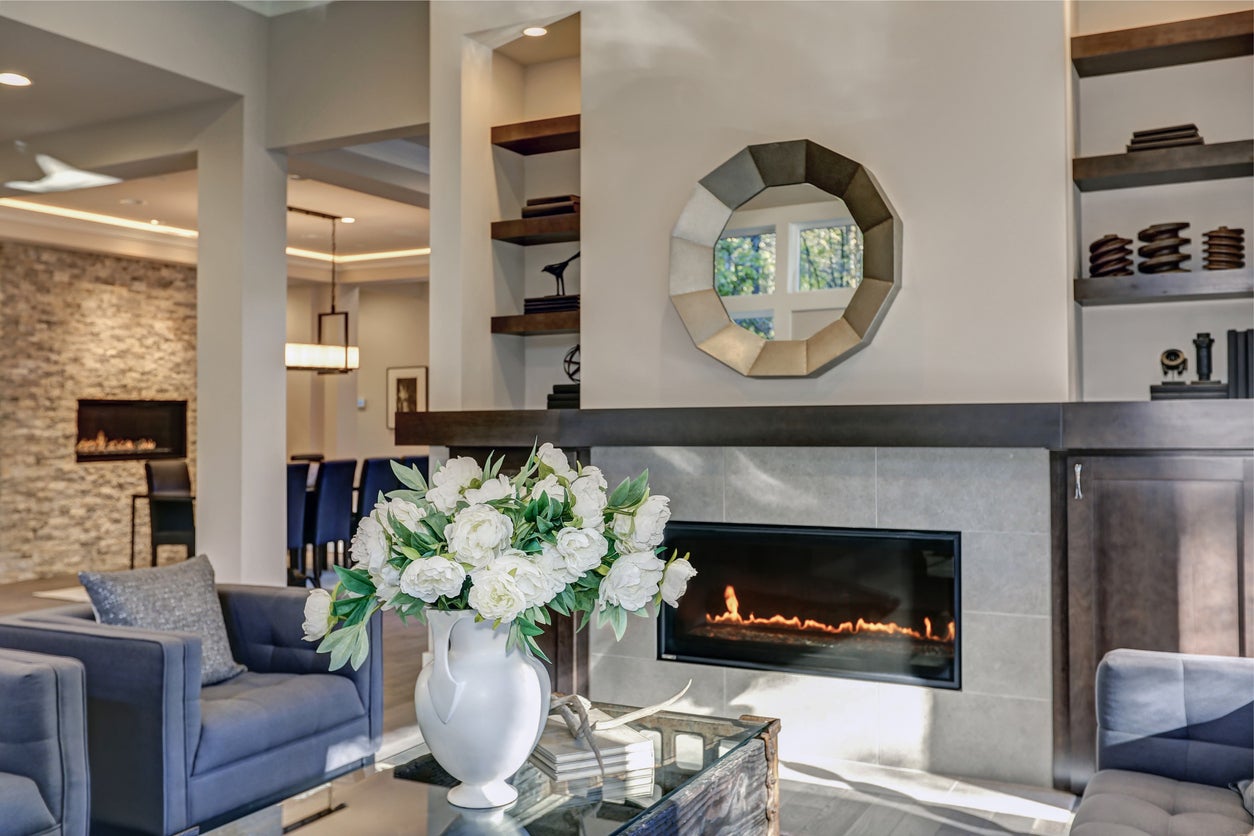
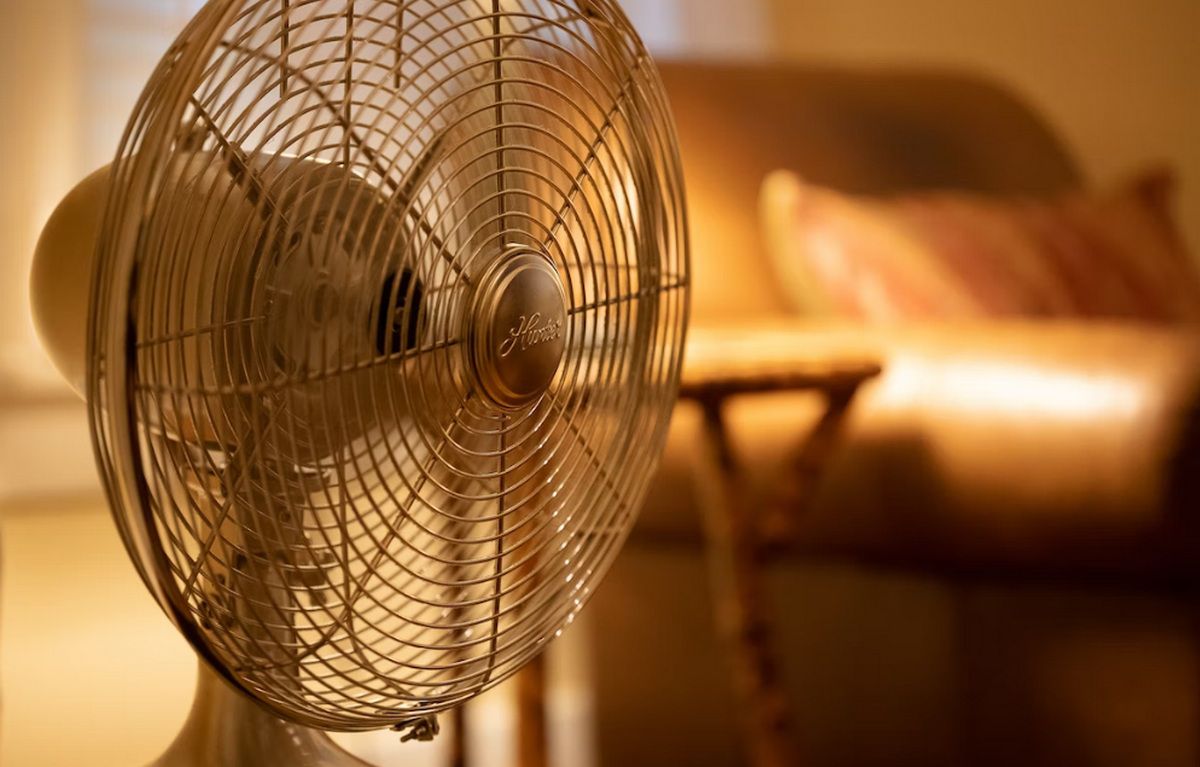
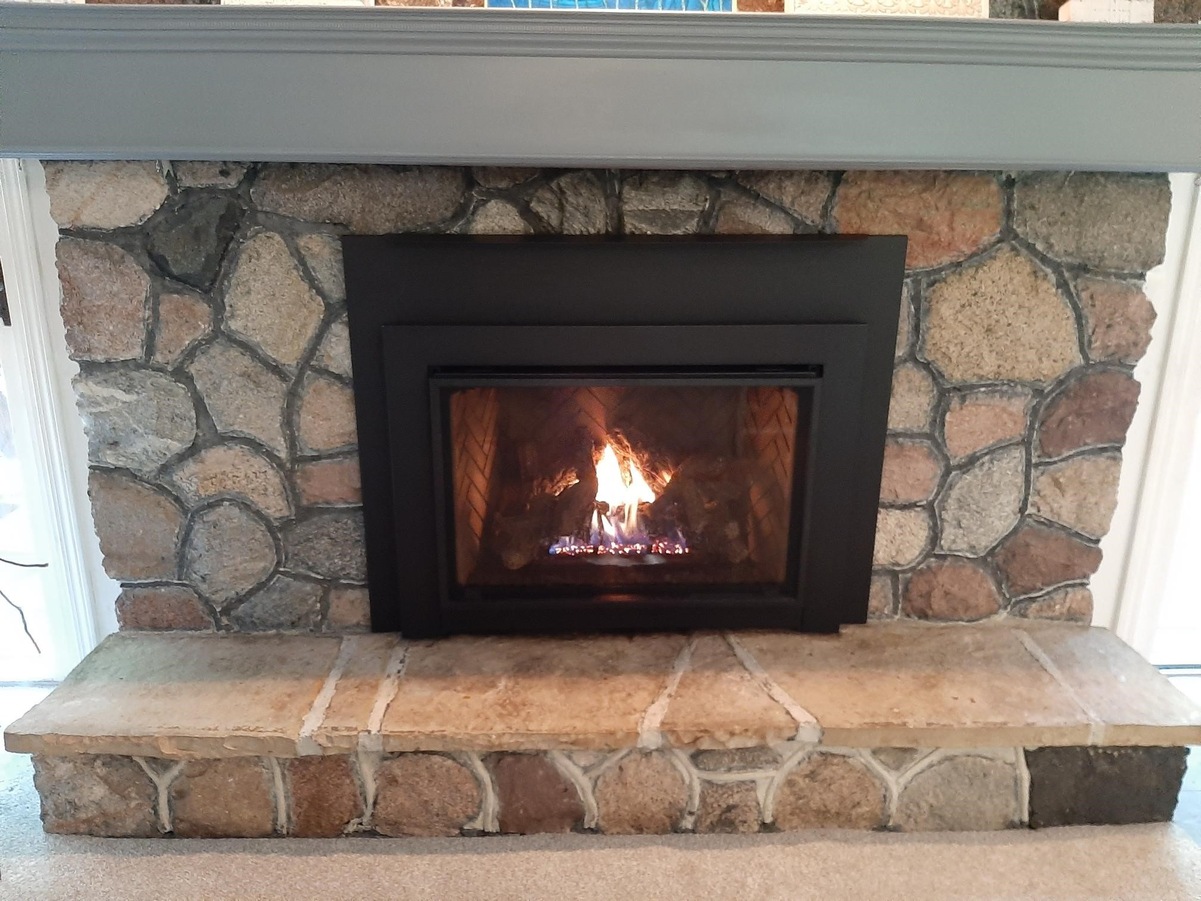

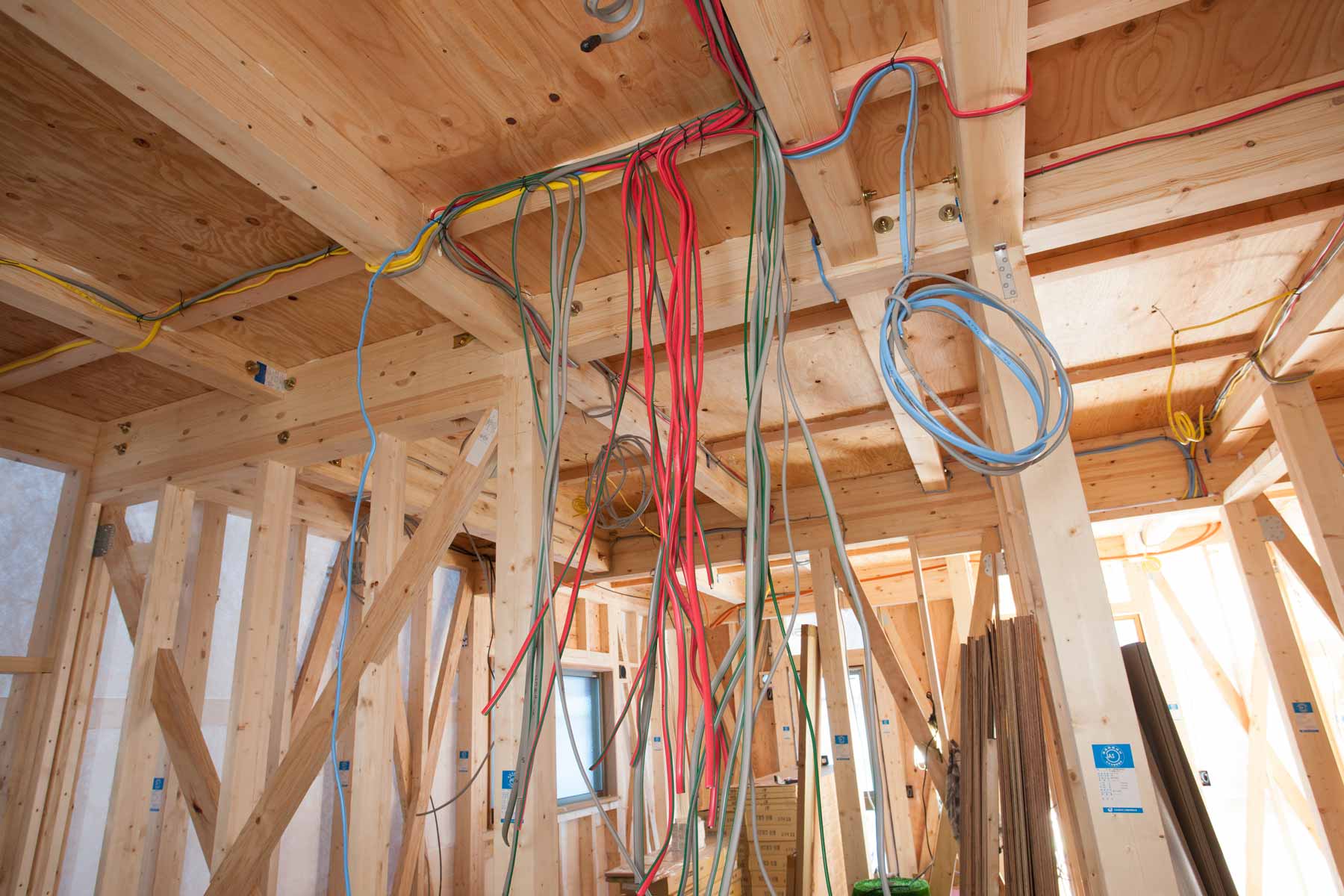
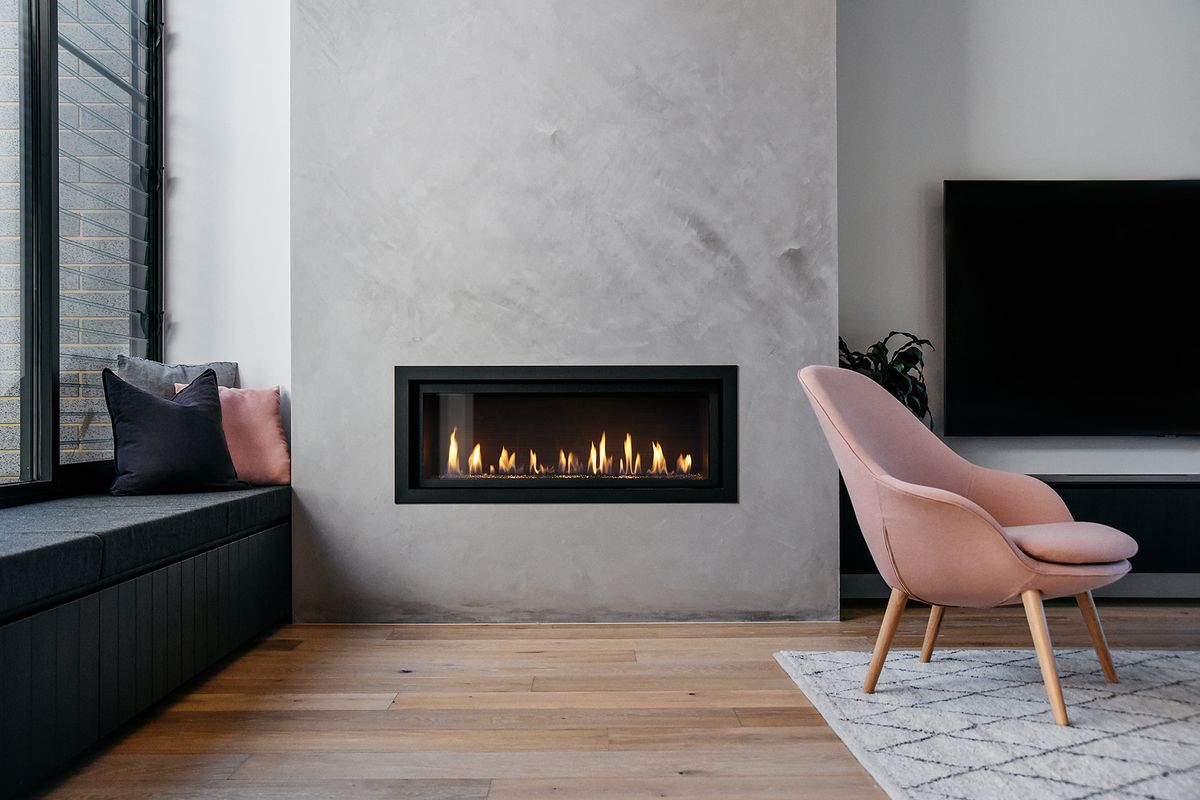
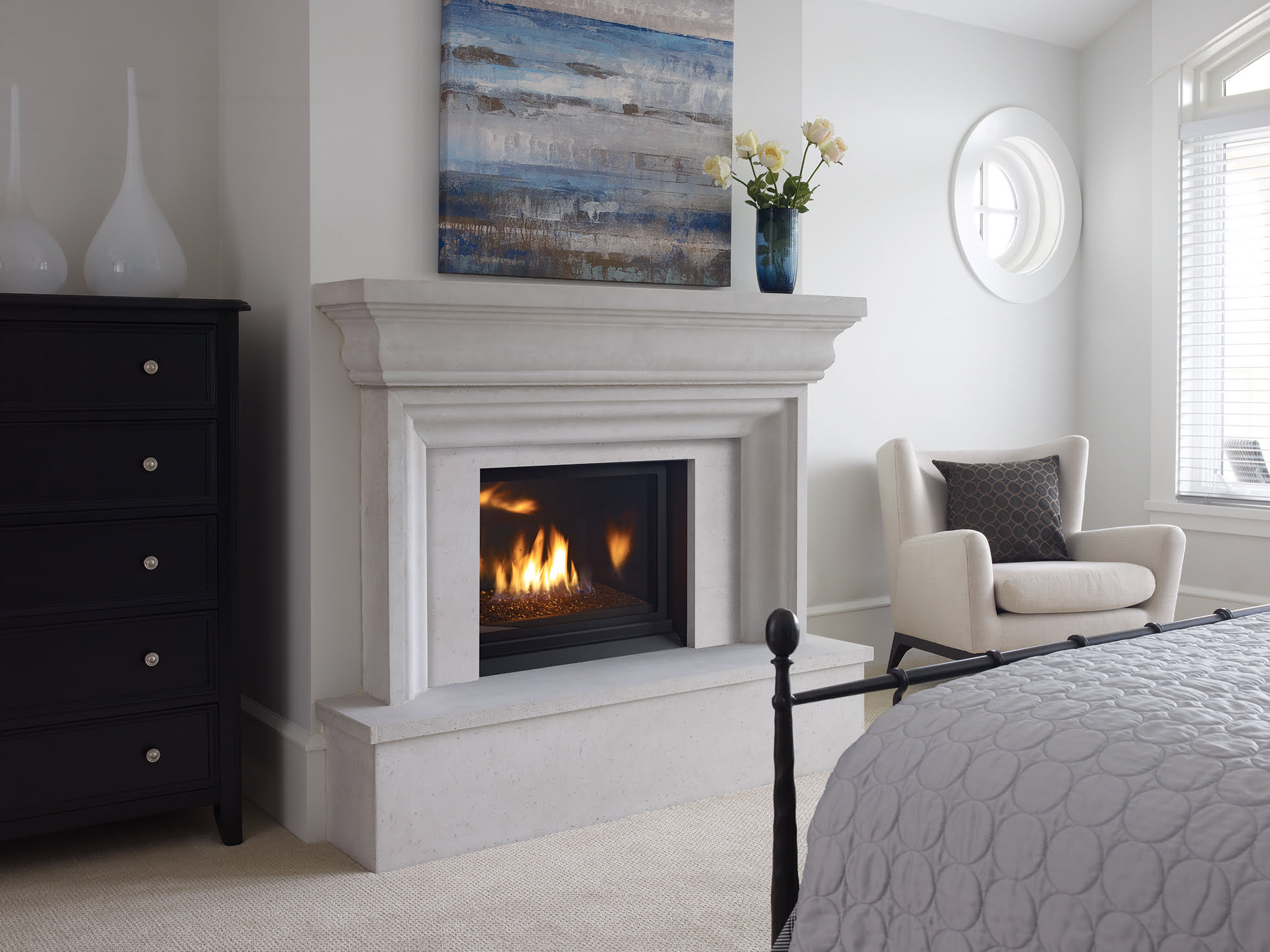
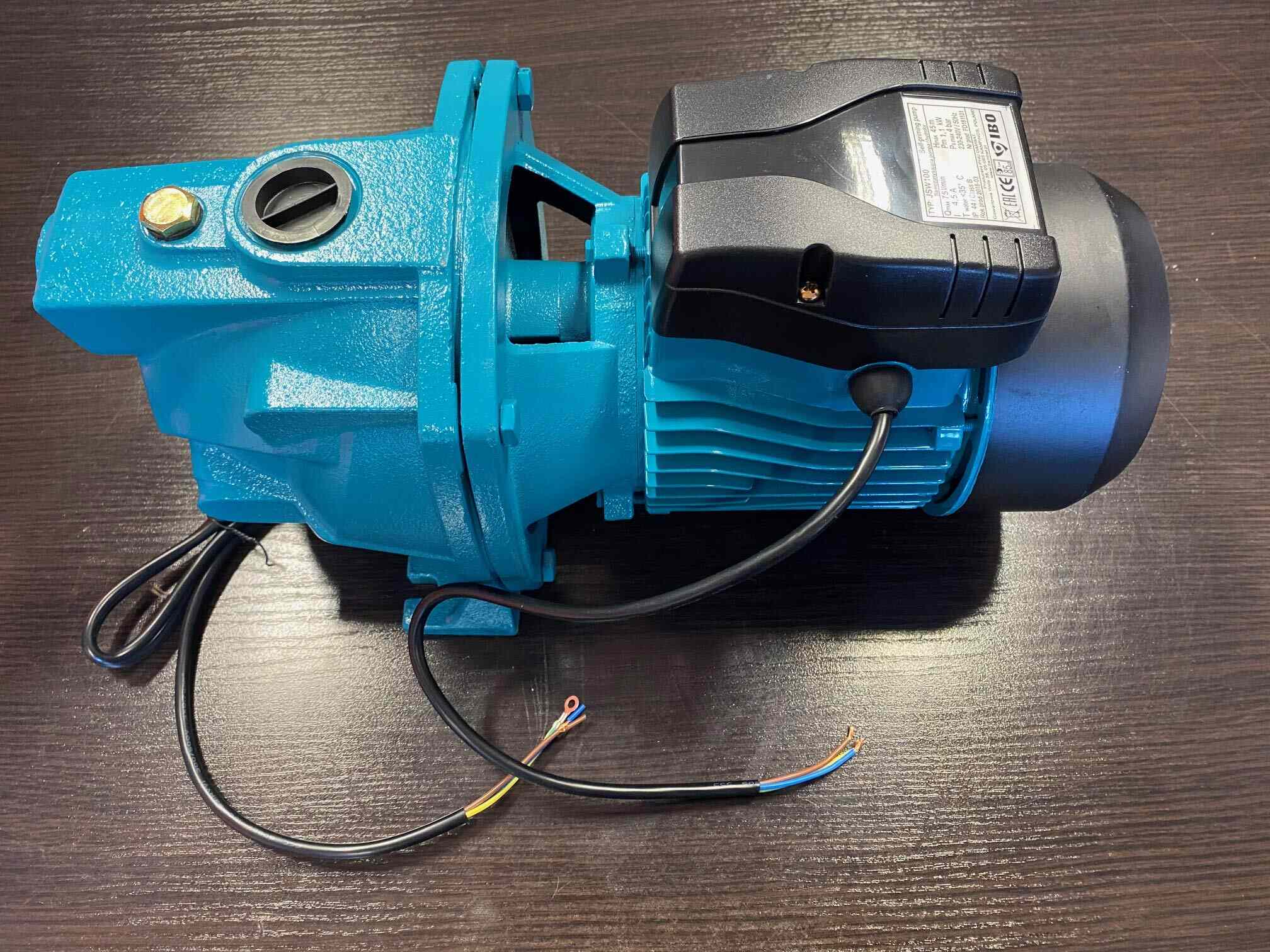
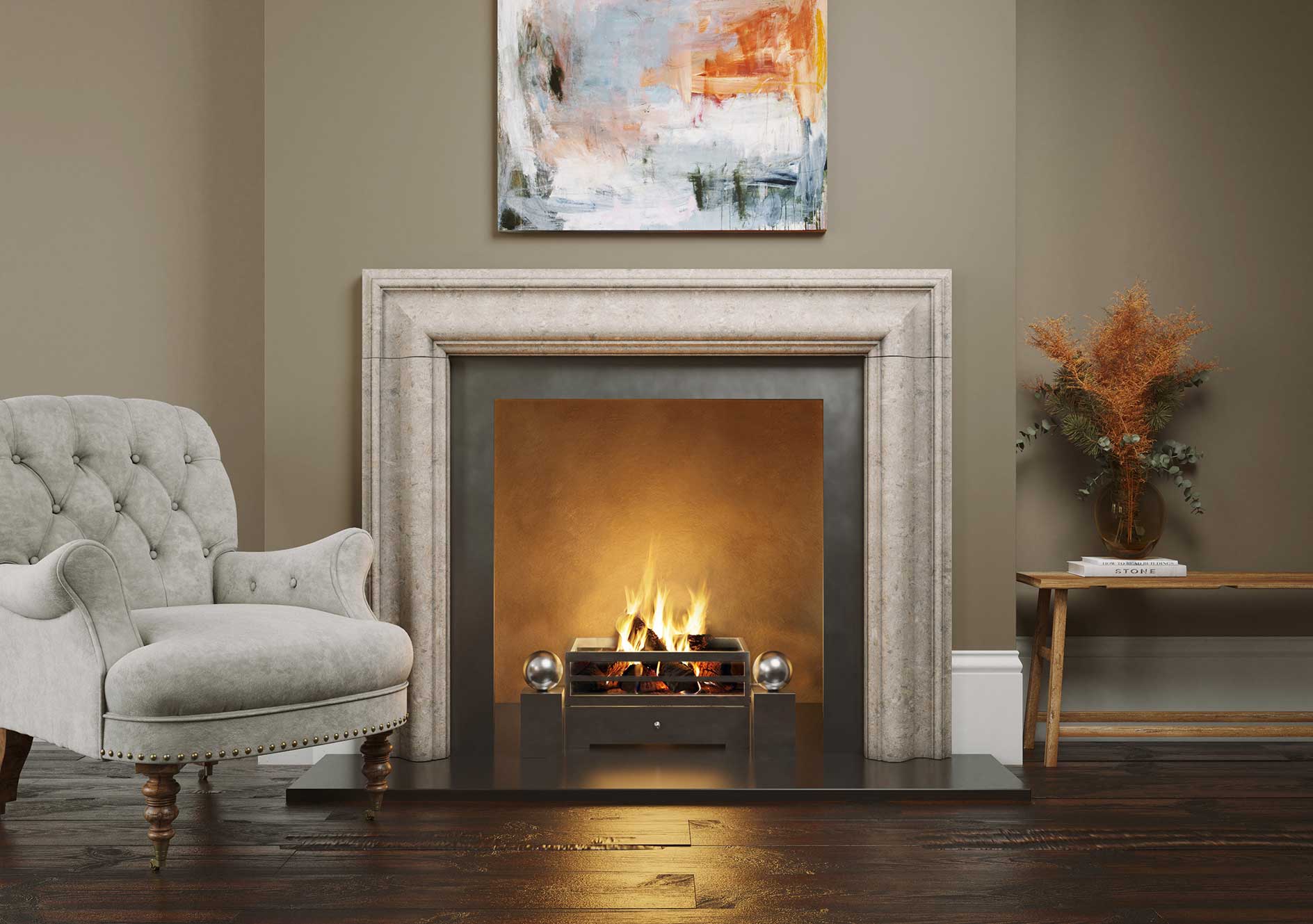
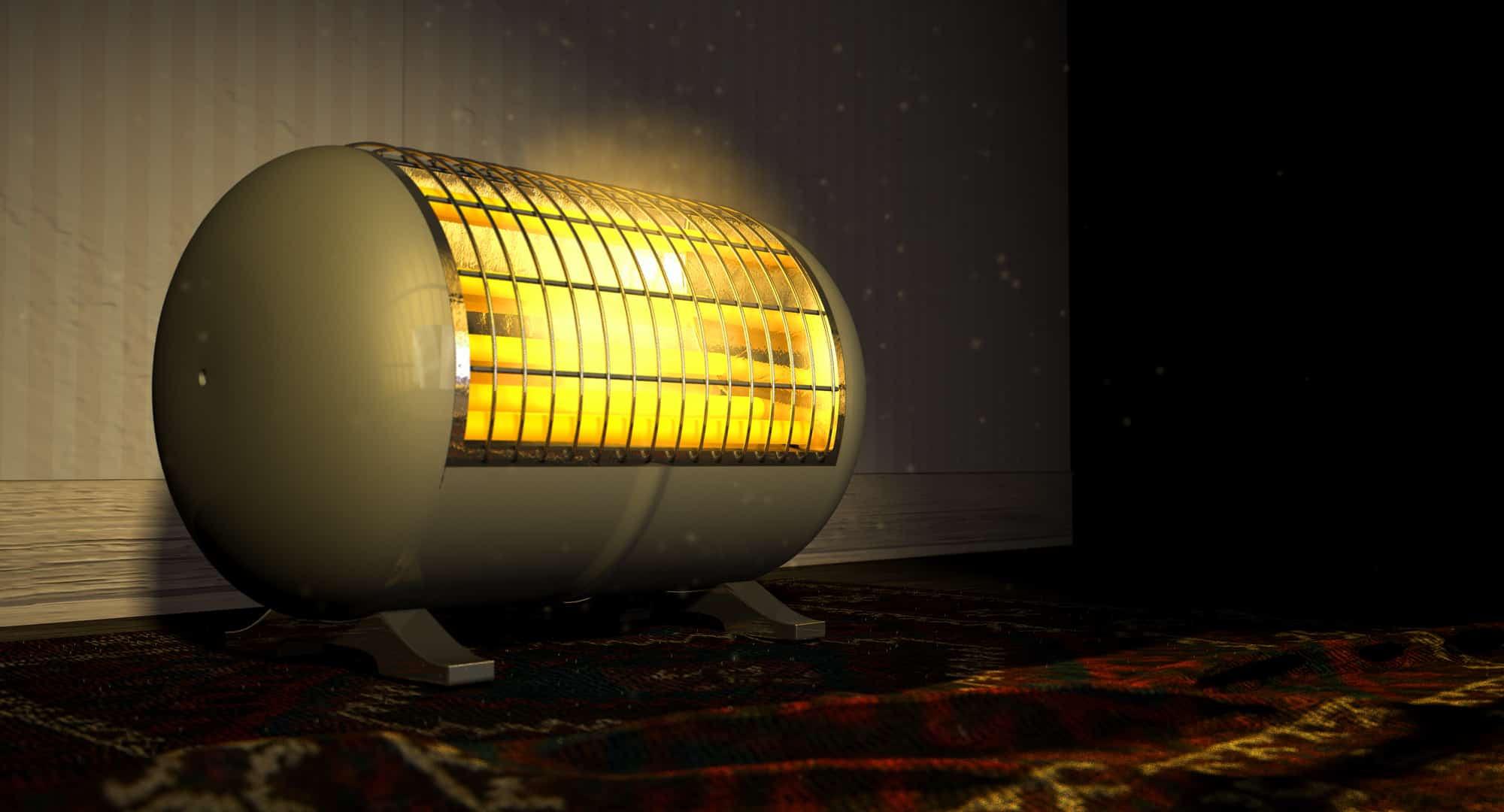


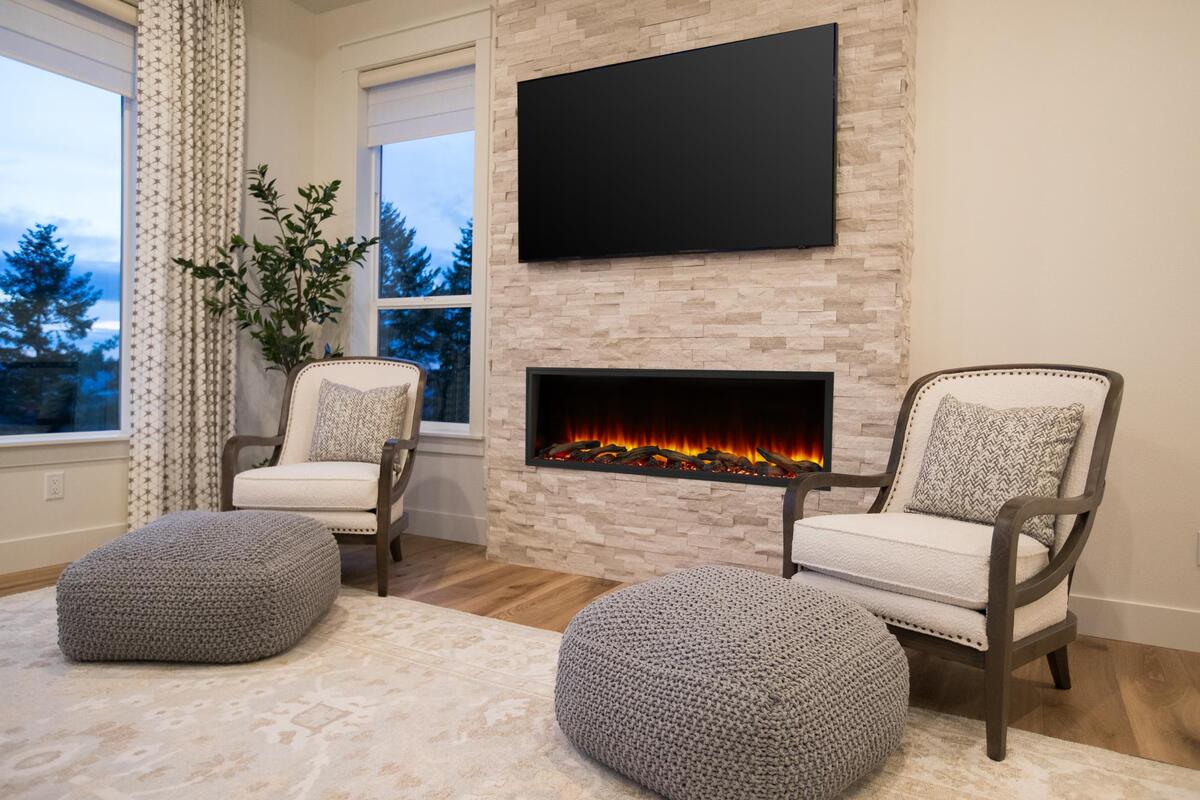

0 thoughts on “How Long Can I Run My Gas Fireplace”